🎹 What is New Wave music?
New Wave music spanned the late 1970s through the 1980s and emerged as a more melodic and light-hearted extension of punk culture. It embraced various pop-oriented styles and prominently featured the use of synthesizers. Initially a catch-all term for post-punk musical expressions, New Wave later evolved into a broader umbrella encompassing power pop, synth-pop, alternative dance, and milder forms of punk. It also can be perceived as a more accessible counterpart to post-punk.
Characterized by its distinctive attributes, New Wave music exhibited a playful and humorous pop sensibility, characterized by angular guitar riffs and unconventional rhythms, often enhanced by electronic elements, especially the use of synthesizers. A visually appealing fashion sense and distinctive music videos were crucial to the genre’s success. The movement’s roots lie in Britain, where British New Wave artists initially gained prominence and subsequently captured American audiences through platforms like MTV. The genre is sometimes referred to as the second British invasion.
New Wave’s initial peak occurred from the late 1970s to the early 1980s, supported by major musicians and a proliferation of one-hit wonders. MTV’s launch in 1981 played a pivotal role in amplifying the genre’s popularity by heavily featuring new wave acts. While New Wave experienced a decline in the mid-1980s due to the ascent of other genres, it has resurged intermittently since the 1990s, fueled by nostalgia for its influences. Additionally, new wave’s musical characteristics, including choppy rhythms, quirky pop sensibilities, and electronic incorporation, continue to have a lasting influence on subsequent generations of artists.
🎶 Easy New Wave Favorites: Volume 4 Songbook
The following songs are included in the Easy New Wave Favorites: Volume 4 songbook. These are all available as separate singles, but you get the most value by purchasing the whole collection. All of these arrangements are appropriate for late beginners and early intermediates.
- Bette Davis Eyes (Kim Carnes)
- Blitzkrieg Bop (Ramones)
- Dead Man’s Party (Oingo Boingo)
- I Love Rock ‘n’ Roll (Joan Jett)
- I Want Candy (Bow Wow Wow)
- Karma Chameleon (Culture Club)
- Personal Jesus (Depeche Mode)
- Rebel, Rebel (David Bowie)
- Tainted Love (Soft Cell)
- True Faith (New Order)
- Vacation (The Go-Go’s)
- Video Killed the Radio Star (The Buggles)
🎹 Watch a performance of the entire songbook:
⭐ Featured Favorites
There’s so many great videos from this era that it’s hard to narrow down the best ones, but these personal favorites from Easy New Wave Favorites: Volume 4! made the cut!
“Bette Davis Eyes” (Kim Carnes) (1981)
This one topped the Billboard year-end chart for 1981:
“Bette Davis Eyes” is a song written by Donna Weiss and Jackie DeShannon in 1974. Initially recorded by DeShannon, the song gained widespread popularity when American singer Kim Carnes released her version in 1981. Carnes’ rendition spent nine non-consecutive weeks at the top of the U.S. Billboard Hot 100 and won the 1981 Grammy Awards for Song of the Year and Record of the Year.
Carnes’ version of the song became a major hit, reaching No. 1 on the Billboard Hot 100 for a total of nine weeks. It was interrupted briefly by “Stars on 45” before returning to the top spot. The song also achieved No. 5 on Billboard’s Top Tracks charts and No. 26 on the Dance charts. It topped charts in 20 other countries as well.
“Bette Davis Eyes” was a significant hit of 1981, remaining one of the biggest songs of the year. It also holds a place on Billboard’s list of the top 100 songs in the first 50 years of the Hot 100. The song’s catchy melody, unique arrangement, and Kim Carnes’ distinctive vocals contributed to its enduring popularity.
“Karma Chameleon” (Culture Club) (1983)
“Karma Chameleon,” a hit song by the English band Culture Club, was featured on their 1983 album “Colour by Numbers.” Released in September 1983, the single achieved massive success. In the UK, it topped the charts for six weeks, becoming the best-selling single of 1983 with over 1.39 million copies sold. It remains one of the UK’s top-selling singles, having sold over 1.52 million copies. The song also reached number one on the US Billboard Hot 100 in early 1984, marking Culture Club’s biggest hit and their sole US number-one single. Globally, the single sold more than 7 million copies. The song’s lyrics delve into themes of alienation, conformity, and authenticity, with frontman Boy George explaining that it highlights the fear of standing up for one’s beliefs and the consequences of not being true to oneself.
The song’s music video, directed by Peter Sinclair and filmed in 1983, presents a visually captivating narrative. Set in 1870 Mississippi, it features a diverse group of people dressed in period attire, including references to the song’s lyrics in red, gold, and green outfits. Boy George dons his signature colorful costume and braids, while a storyline unfolds involving a pickpocket and jewelry thief among the crowd. The band performs on a riverboat named “The Chameleon,” where various events take place, including the exposure of the thief’s cheating during a poker game, resulting in his comical fall into the river. The video concludes with the festive party continuing on the boat as it sails down the river.
The song’s popularity endured, as evidenced by its recognition as the British public’s ninth favorite 1980s number-one single in a 2015 poll. “Karma Chameleon” not only achieved chart-topping success but also left an indelible mark on popular culture, both through its memorable music and its engaging visual storytelling.
“True Faith” (New Order) (1987)
“True Faith” is a song by New Order, co-written and co-produced with Stephen Hague. Released in 1987, it marked the band’s return to issuing two separate 12” singles in the UK. The song, known for its popularity, holds a place among New Order’s most cherished tracks. The UK release reached No. 4 on the charts, becoming their first US single to enter the Hot 100, peaking at No. 32.
Crafted during a studio session for their compilation album “Substance 1987,” the song emerged from a pivotal period for New Order. It was chosen as the lead single, accompanied by the B-side “1963.” Peter Hook, the bassist, recalled some tension during the recording, aiming to preserve the band’s signature sound amid a shift towards dance music. The song’s composition in D minor features a memorable outro in G major. The lyrics and title are disconnected, and a lyrical modification was made to make the track radio-friendly.
The song’s music video, directed by Philippe Decouflé, presents an eccentric and surreal visual narrative. Dancers in intricate costumes perform synchronized choreography that includes slapping each other, with references to artists like Marina Abramović and Oskar Schlemmer. The video received accolades, earning the title of British Video of the Year in 1988 and leaving a lasting impression on viewers.
“Video Killed the Radio Star” (The Buggles) (1979)
This was the first video ever played on MTV (remember when they used to play music?)
“Video Killed the Radio Star” is a song co-written by Trevor Horn, Geoff Downes, and Bruce Woolley in 1979. The Buggles, consisting of Horn and Downes, recorded the most well-known version of the song for their debut album “The Age of Plastic.” The song explores themes of nostalgia and concerns about the impact of technological advancements in media arts. The lyrics reflect on the changing times and the transition from radio to television as the dominant medium for music consumption. The song is composed in D-flat major with a tempo of 132 beats per minute, and it features a mix of orchestral instruments, synthesizers, and vocals.
Upon its release in 1979, “Video Killed the Radio Star” achieved significant commercial success, reaching number one on multiple international music charts, including the UK, Australia, France, Spain, Austria, Ireland, Sweden, and Switzerland. It was also a hit in Germany and New Zealand, among others. In the United States, the song entered the Billboard Hot 100, peaking at number 6. The accompanying music video, directed by Russell Mulcahy, is notable for being the first video played on MTV when the channel launched in 1981. The video showcases futuristic visuals and effects, reflecting the song’s themes of technological change.
The song received positive reviews for its catchy melody and unusual pop elements. The composition features a mix of electronic and orchestral sounds, with distinct male and female vocals that provide a historical and tonal contrast. Although the Buggles’ version is the most famous, Bruce Woolley and the Camera Club also recorded an earlier rendition of the song. “Video Killed the Radio Star” continues to be celebrated as a seminal track that marked the beginning of the MTV era and the evolving landscape of music consumption.
“Tainted Love” (Soft Cell) (1982)
Where did our love go?
“Tainted Love” is a song originally composed by Ed Cobb and first recorded by Gloria Jones in 1964. Gloria Jones’ version didn’t achieve much success initially. However, British club DJ Richard Searling introduced the song to the Northern soul scene in the early 1970s, which led Gloria Jones to re-record it in 1976. Despite these efforts, the song remained relatively unknown until the British synthpop duo Soft Cell covered and reworked it in 1981. Soft Cell’s version gained significant popularity, becoming a hit both in the UK and the US.
Soft Cell’s version of “Tainted Love” was influenced by the Northern soul scene, known for its fast-paced and soulful music. Soft Cell’s rendition features a slower tempo and a different key to match Marc Almond’s lower voice. The song was recorded in a day and a half with producer Mike Thorne, and its unique arrangement and Almond’s vocal style gave it a fresh and distinctive sound.
Soft Cell’s cover of “Tainted Love” was released as their second single in 1981. Thanks to a memorable performance on the BBC’s “Top of the Pops,” the song reached number one on the UK Singles Chart and became the best-selling single of 1981 in the UK. In the US, the song spent a record-breaking 43 weeks on the Billboard Hot 100 chart, peaking at number 8. The song’s success marked the emergence of Soft Cell in the music scene and solidified “Tainted Love” as one of the iconic tracks of the 1980s.



 - Easy/images/Cover--betteeyes-EZ-MN.png)
 - Intermediate/images/Cover--betteeyes-INT-MN.png)
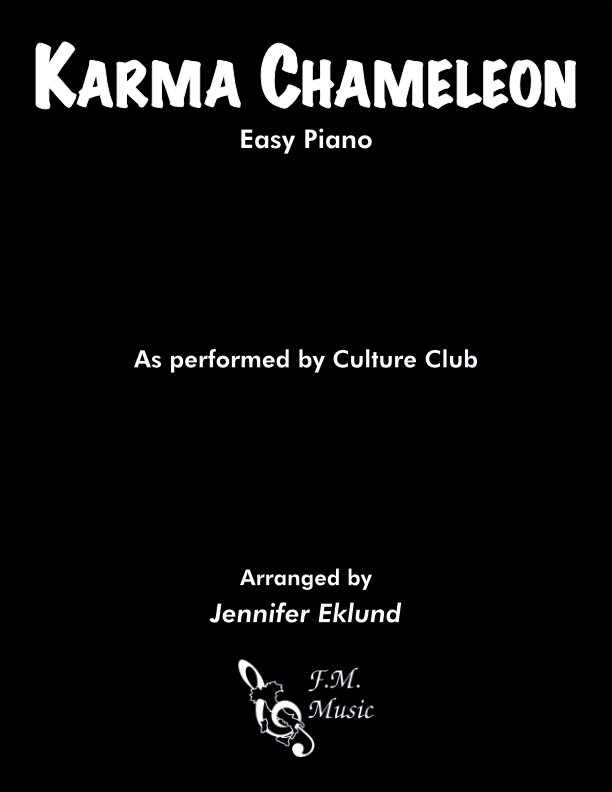
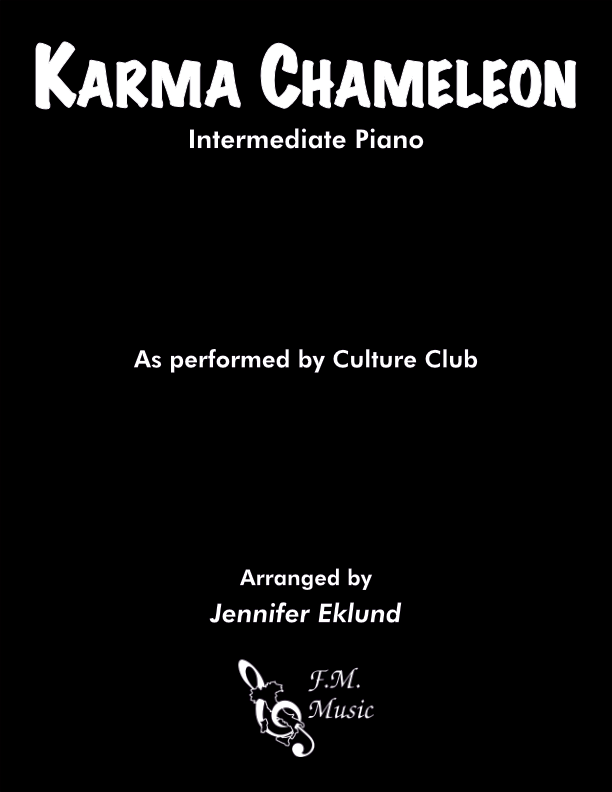

 - Easy/images/Cover--truefaith-EZ-MN.png)
 - Intermediate Abridged/images/Cover--truefaith-INT-ABR-MN.png)
 - Intermediate Full/images/Cover--truefaith-INT-MN.png)
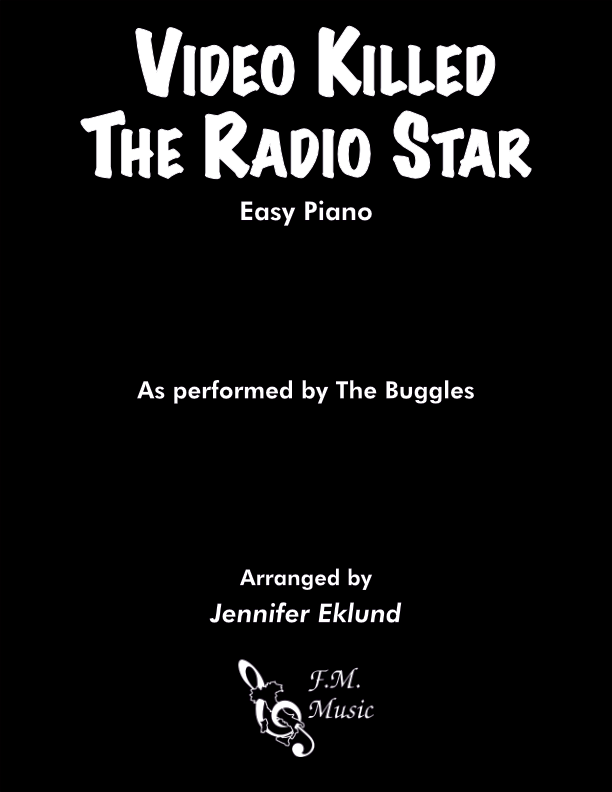

 - Easy/images/Cover--taintedlove-EZ-MN.png)
 - Intermediate/images/Cover--taintedlove-INT-MN.png)
 - Intermediate Full/images/Cover--ghostinyou-INT-MN.png)
 - Intermediate/images/Cover--dancing-INT-MN.png)
 - Intermediate Abridged/images/Cover--justlikeheaven-INT-ABR-MN.png)
 - Intermediate/images/Cover--ourhouse-INT-MN.png)
 - Intermediate/images/Cover--downunder-INT-MN.png)
 - Intermediate/images/Cover--callme-INT-MN.png)

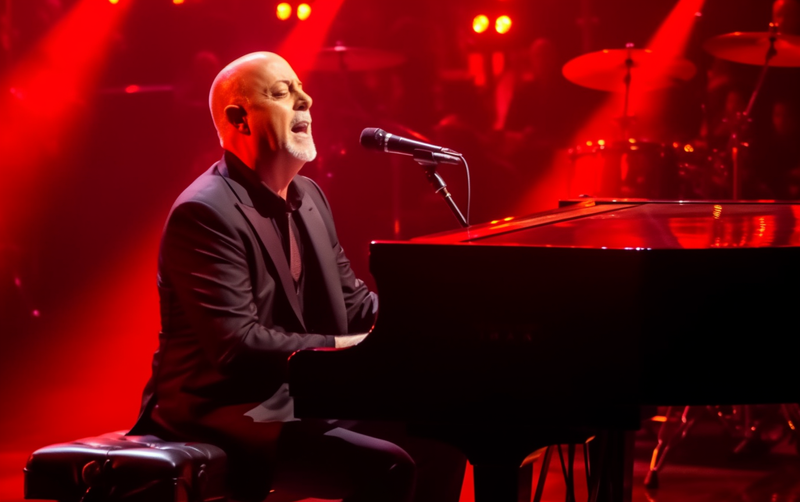
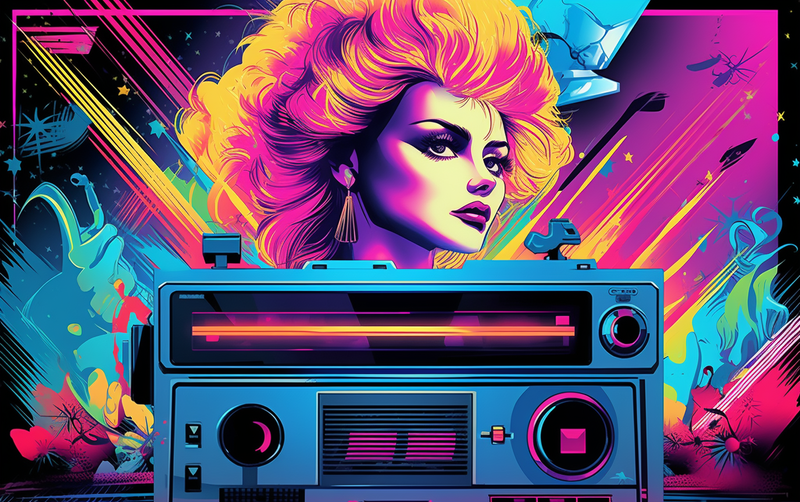

Be the first to comment.